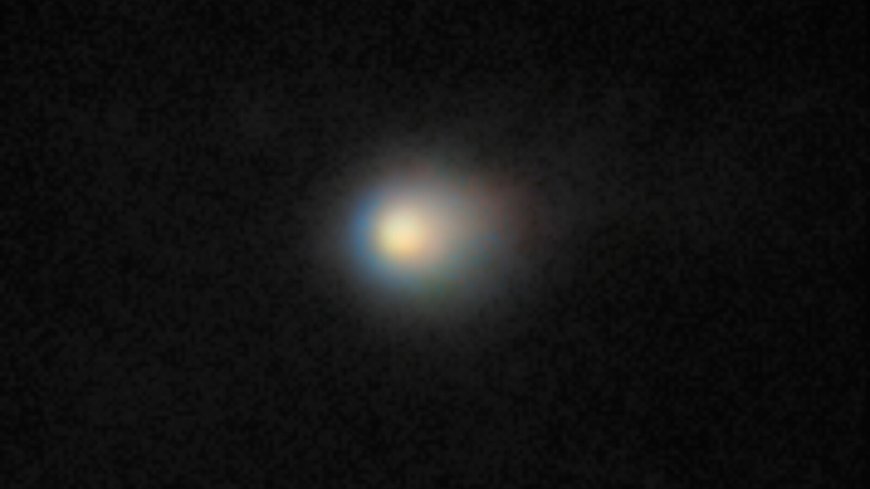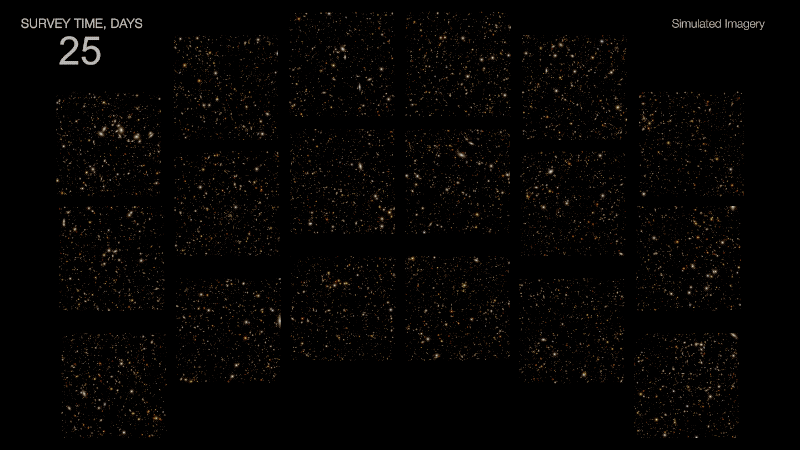Rare interstellar comet 3I/ATLAS spotted by Gemini North telescope
The Gemini North telescope in Hawai‘i captured images of the interstellar comet 3I/ATLAS as it passes through our solar system. This comet, the third interstellar object ever detected, offers valuable insights into distant star systems and the universe's building blocks.

The Gemini North telescope in Hawai‘i captured the recently discovered interstellar object called 3I/ATLAS, revealing a compact coma — the cloud of gas and dust enveloping its icy core.
Astronomers unveiled a striking new view of the interstellar visitor 3I/ATLAS on its journey toward the inner solar system.
The Gemini North telescope in Hawai‘i captured the newfound comet passing through our cosmic neighborhood, about 290 million miles (465 million kilometers) from Earth.
3I/ATLAS was initially detected by ATLAS (Asteroid Terrestrial-impact Last Alert System) on July 1. It's just the third known interstellar object — meaning it originated outside of our solar system — according to a statement from the National Science Foundation (NSF) NOIRLab, which operates the International Gemini Observatory.
Interstellar objects like 3I/ATLAS are remnants from distant star systems that have been ejected into space. They offer valuable insights into the building blocks of other planetary systems in the universe — including the chemical elements that were present when and where they formed, according to the statement.
3I/ATLAS is only the third interstellar object detected visiting our solar system, after 1I'Oumuamua in 2017 and 2I/Borisov in 2019. While more objects of this nature are believed to regularly pass through our solar system, they are incredibly difficult to capture.
However, at an estimated 12 miles (20 km) in diameter, 3I/ATLAS is much larger than previous interstellar objects, making it a better target for study. The new images from the Gemini North telescope show that the comet has a compact coma — the cloud of gas and dust enveloping its icy core. And other observations have suggested that it may be the oldest comet ever discovered (possibly older than our solar system), hailing from the outer thick disk of the Milky Way.
3I/ATLAS will reach its closest approach to the sun on Oct. 30, passing within 130 million miles (210 million km), or just inside the orbit of Mars. In December, 3I/ATLAS will pass within about 170 million miles (270 million km) of Earth, though it will pose no danger to our planet.
Given 3I/ATLAS' highly eccentric orbit, this will be its one and only visit to our solar system, as its trajectory does not loop back around the sun. That's why astronomers around the world are using a wide variety of telescopes to observe the comet during its brief visit, before it returns to interstellar space.
According to the source: Space.
What's Your Reaction?
 Like
0
Like
0
 Dislike
0
Dislike
0
 Love
0
Love
0
 Funny
0
Funny
0
 Angry
0
Angry
0
 Sad
0
Sad
0
 Wow
0
Wow
0





















































































































































































